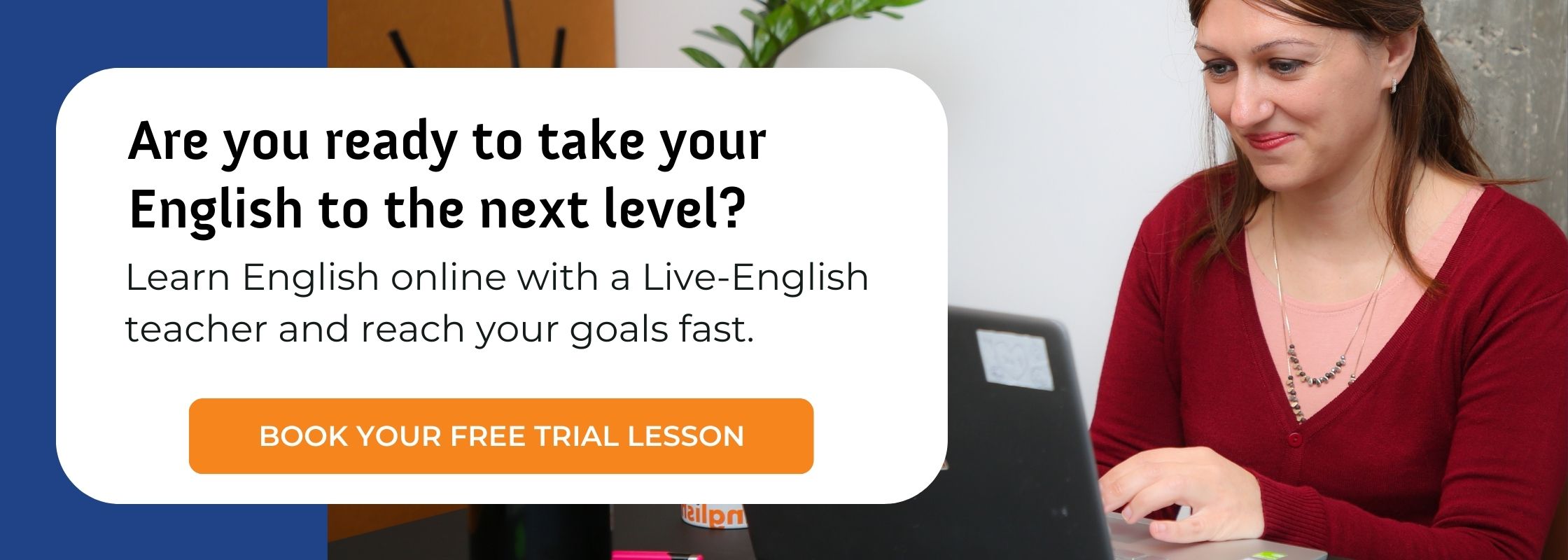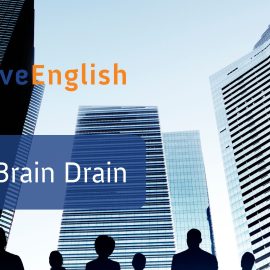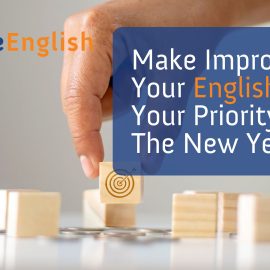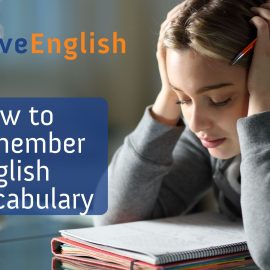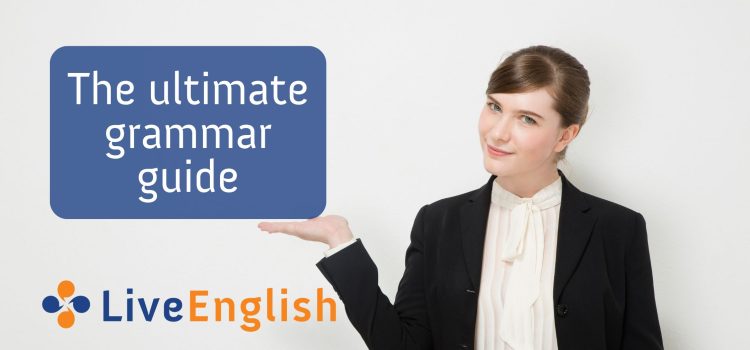
In this Grammar Guide aimed at intermediate and advanced English learners, we’ll check some of the most common mistakes our Students make and we’ll give you the tools to avoid them.
Part 1: The Past Simple in English
Let’s learn English tenses and look first at the Past Simple structure. The Past Simple is formed by using the Past Simple form of a verb. This can be either:
1. A regular verb (+ED) WORK —-> WORKED
2. An irregular verb EAT —-> ATE
For negative sentences and questions, we need to use the auxiliary verb DID + the base form of the verb.
I DIDN’T / DID NOT EAT anything yesterday.
Where DID you GO on holiday last year?
This is an English tense we learn very early on and it’s quite a simple tense. It’s all about the Past. It’s talking about something that happened, started and finished. It is completely over in the past. When we talk with the Past Simple, we tend to be describing a specific event or certain time.
Example:
when I was at school
last year
when I went on holiday
last summer
So we are clearly putting our story or what we are saying at a specific point in the past. We are emphasizing the actions. We are talking about activities, about what we did.
Example:
Last year, I went to Portugal for my summer holiday.
It has to be Past Simple because it’s something that’s over. Last year is over.
In summary, we use the Past Simple with finished actions, states, or habits in the past when we have a finished time word (yesterday, last week, at 8 o’clock, in 2019), or we know from general knowledge that the time period has finished.
Examples:
I went to the cinema yesterday.
The Vikings invaded Britain.
Part 2: The difference between Past Simple and Present Perfect
English tenses are complicated because they do not correspond to the tenses you have in other languages. Present perfect in particular is very unique. We’ll learn in this article how to use it properly and how different it is from Past Simple.
The Present Perfect
Let’s look at the Present Perfect structure. The Present Perfect is formed by using the auxiliary verb HAVE + Past participle:
1. A regular verb (+ED on the Past participle) WORK —-> HAVE WORKED
2. An irregular verb EAT —-> HAVE EATEN
For negative sentences and questions, we need to use the auxiliary verb HAVE + the past participle of the verb.
I HAVEN’T EATEN anything yet.
Where HAVE you BEEN?
The Present Perfect is more complicated because there are many different uses for it.
1. One of the most common uses for Present Perfect is when we talk about something that started in the past and we continue to do now.
Example:
I have been in Canada for 4 months.
=>It starts four months ago and I am still in Canada right now.
Compare it to the same sentence using Past Simple: I was in Canada for 4 months => That means I am no longer in Canada.
2. We often use the Present Perfect to talk about experiences that we’ve had in our life. In this situation, it can often be confused with Past Simple because you could say I swam with dolphins or I have swum with dolphins. both are happening in the past. Why do we use the Present Perfect? Because sometimes we just want to talk about something that has and hasn’t happened.
Examples:
I’ve visited Rome.
I haven’t ever written.
=> We are talking about experiences in our life up to now.
Compare it to this sentence using Past Simple: I rode a camel => we usually related to a specific situation: I rode a camel when I visited Egypt in 1995.
3. Adverbs that imply Present Perfect
Just
Yet
Never
Already
Since / For
This week (the week is not finished)
Here is an extract on the topic from the Live-English Club with our teacher Mary-Ann:
Part 3: Focus on the difference between FOR and SINCE
Knowing when to use FOR and when to use SINCE is important.
FOR is used to mention a specific period (or duration) of time.
SINCE is used to mention the starting point of a period of time that continues to now.
Look at the examples below:
He has been a doctor for 10 years.
He has been a doctor since 2010.
I have lived in Rome for a year.
I have lived in Rome since last June.
For is used to describe a period in time from beginning to end
It can be used with all tenses as you can see in the examples below:
Mary goes to sewing class for three hours every Monday. (present simple)
They are studying for two hours today. (present continuous)
He has lived in Milan for a long time. (present perfect)
He has been living in Paris for three months. (present perfect continuous)
Remember to use FOR before:
- Period of Time
- Number
- Time word (minutes, hours, days, weeks, months, years)
Since is used to describe a point in time till now
It is normally used with perfect tenses:
He has been here since 9 am. (present perfect)
He has been working upstairs since he arrived. (present perfect continuous)
I have lived in New York since my childhood. (present perfect)
It has been raining since Tuesday. (present perfect continuous)
Remember to use SINCE before:
- A starting point
- A time
- A date
Part 4: The difference between Past Simple and Past continuous
The Past continuous
The past continuous is formed using the following structure:
WAS/WERE + VERB(ING) EAT —-> WAS EATING
I was eating my dinner at 8 pm last night.
For negative sentences and questions, we need to use the following structures:
WAS/WERE + NOT + VERB(+ING)
I was not eating dinner at 8 pm last night.
WAS/WERE + SUBJECT + VERB(+ING) ?
What were you doing at 8 pm last night?
We use the Past continuous for an action in the past which overlaps another action or a time. The action in the past continuous starts before and often continues after the other shorter action or time.
Example:
I was walking to the station when I met John. (I started walking before I met John, and maybe I continued afterwards)
In the same way, we can use the Past continuous for the background of a story. (We often use the past simple for the actions.) This is really a specific example of Use 1.
Example:
The birds were singing, the sun was shining and in the cafés, people were laughing and chatting. Amy sat down and took out her phone.
Temporary habits or habits that happen more often than we expect in the past. We often use ‘always’, ‘constantly’ or ‘forever’ here. This is the same as the way we use the present continuous for habits, but the habit started and finished in the past. This thing doesn’t happen now.
Example:
She was constantly singing.
Check the following sentences. Do you understand why we use these different tenses?
He went to a café. People were chatting and music was playing. He sat down and ordered a coffee.
I’ve hurt my leg. I fell off a ladder when I was painting my bedroom.

